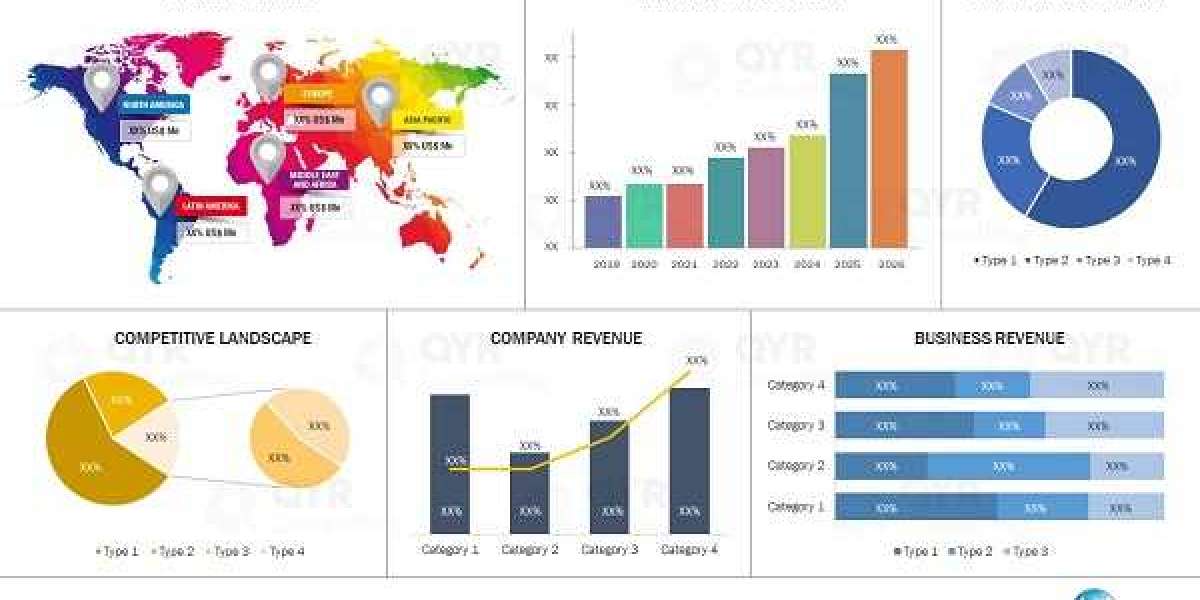In today's digital age, WhatsApp has become an essential communication tool for businesses and individuals alike. With its wide reach and user-friendly interface, many businesses are now looking to monetize their WhatsApp channels. But what are the requirements for monetizing a WhatsApp channel? In this article, we will provide a step-by-step breakdown of the WhatsApp channel monetization requirements to help you get started on this exciting journey.
Monetizing WhatsApp: A Lucrative Opportunity
Monetize WhatsApp, with its billions of users worldwide, offers a unique opportunity for businesses to reach their target audience effectively. Monetizing your WhatsApp channel can open up new revenue streams and help you engage with your customers in a more personalized manner. However, before you can start monetizing your WhatsApp channel, there are certain requirements that you need to fulfill.
Understanding WhatsApp Channel Monetization Requirements
To monetize your WhatsApp channel, you need to meet certain requirements set by WhatsApp. These requirements are in place to ensure a seamless and secure experience for both businesses and users. Here is a step-by-step breakdown of the WhatsApp channel monetization requirements:
Create a Business Account
The first step in monetizing your WhatsApp channel is to create a business account. This will help you separate your personal and business communications and access exclusive features for businesses.
Comply with WhatsApp Business Policy
To monetize your WhatsApp channel, you need to comply with WhatsApp's Business Policy. This includes adhering to WhatsApp's guidelines on spam, privacy, and security to maintain a positive user experience.
Opt-In Users
Before you can start monetizing your WhatsApp channel, you need to ensure that users have opted in to receive messages from your business. This will help you build a loyal customer base and avoid any issues related to spam.
Provide Valuable Content
To successfully monetize your WhatsApp channel, you need to provide users with valuable content that engages and resonates with them. This could include updates on your products or services, special offers, or exclusive content.
Implement Payment Gateway
If you plan to sell products or services through your WhatsApp channel, you need to implement a secure payment gateway. This will ensure that transactions are processed safely and securely.
Monitor and Analyze Performance
Once you have monetized your WhatsApp channel, it is essential to monitor and analyze its performance regularly. This will help you identify areas for improvement and optimize your monetization strategy.
Conclusion
Monetizing your WhatsApp channel can be a lucrative opportunity for businesses looking to engage with their customers in a more personalized manner. By understanding and fulfilling the WhatsApp channel monetization requirements, you can effectively monetize your WhatsApp channel and unlock new revenue streams. So, what are you waiting for? Start monetizing your WhatsApp channel today and take your business to new heights!











